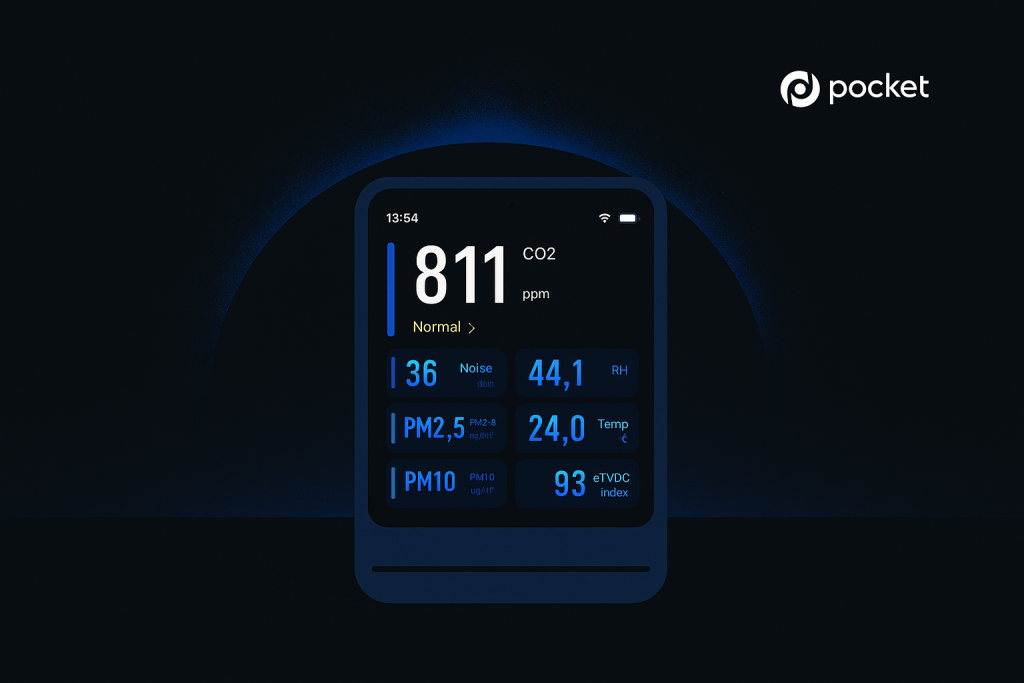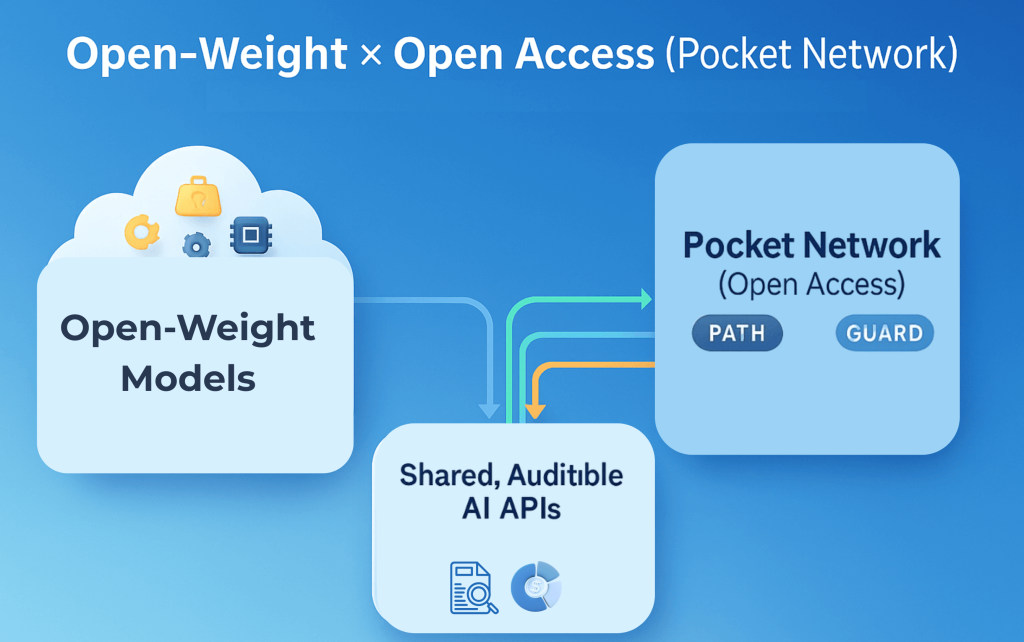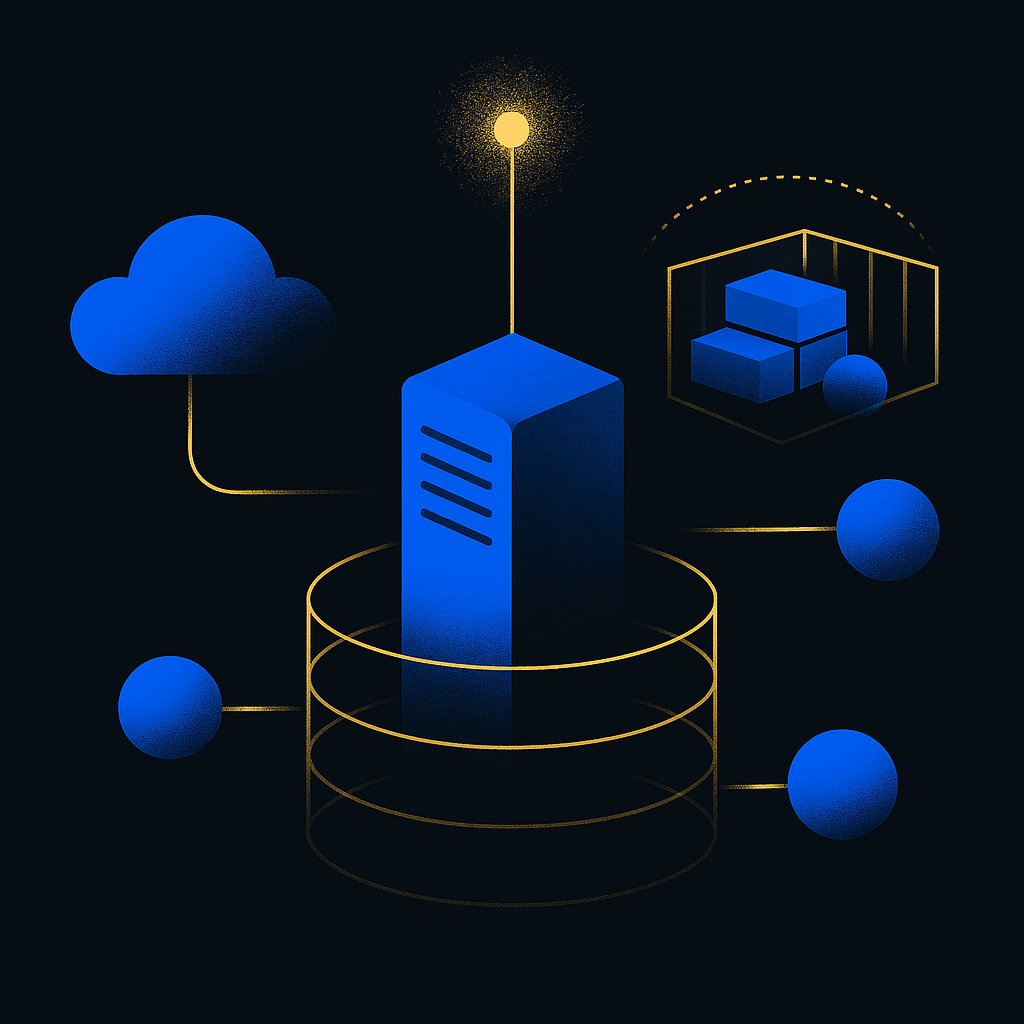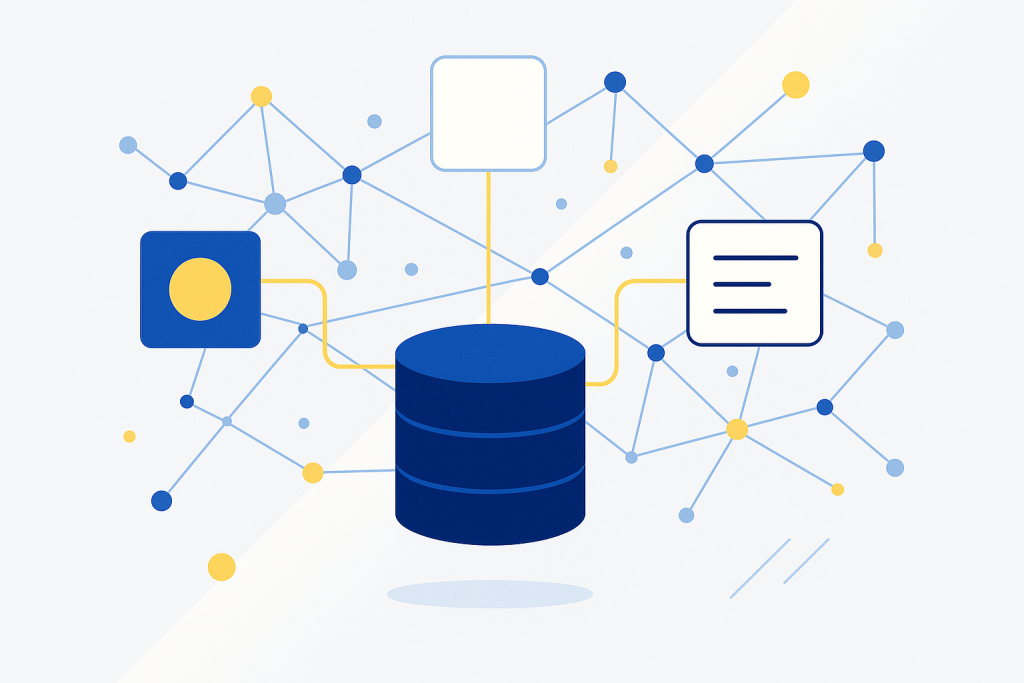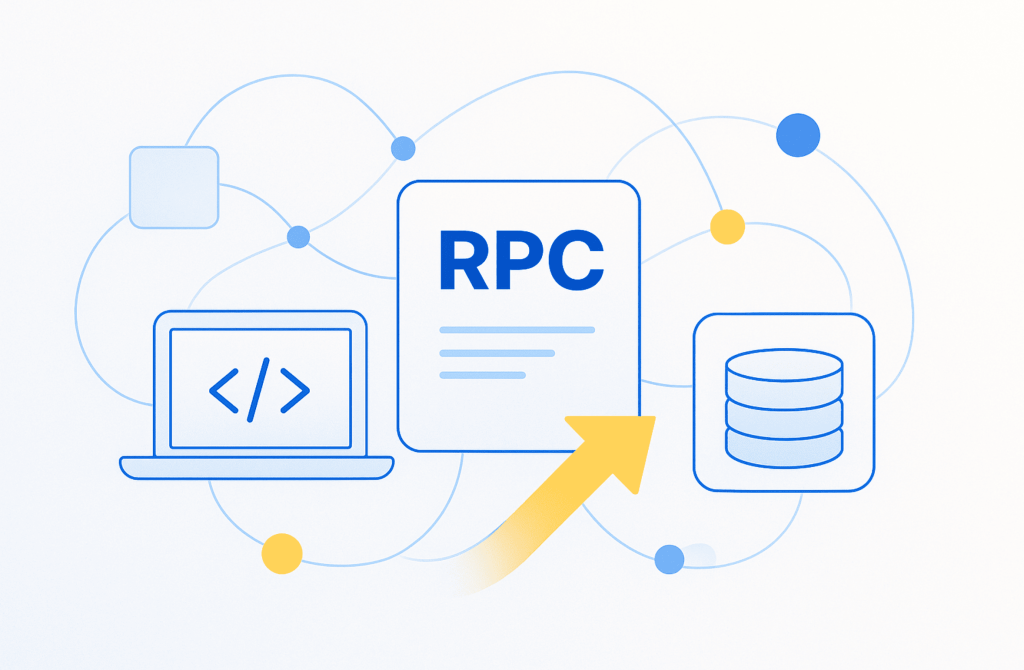Just two years ago, “DePIN” (decentralized physical infrastructure) felt like another hype cycle. Today, it’s become a visible driver of real blockchain use: you can point to real user adoption, terabytes moved, GPUs leased, and capital raised. That matters because DePIN isn’t a vibe, it’s a real utility backbone. And the part that quietly touches…
Category Archives: Web3 Foundations
Open-Weight AI Meets Open Access—Auditable Inference with Permissionless API Gateways
In August 2025, OpenAI introduced two downloadable open-weight models, gpt-oss-120b and gpt-oss-20b, that you can run on your hardware or inside your cloud. The 120b variant is engineered to run on a single 80 GB GPU (e.g., H100/MI300X) thanks to native MXFP4 quantization. In contrast, the 20b is tuned to fit in roughly 16 GB…
Build on Pocket Network: A Developer’s Guide to Real Projects on Shannon Mainnet
Pocket Network, after the Shannon upgrade, has evolved past RPC endpoints; it is now the open, crypto-native access layer for verifiable data. You can run your own access layer (PATH Gateways), prove the quality of the data you return (QoS and relay proofs), align economics directly with usage—making Pocket a full, modular, and decentralized infrastructure…
How to Deploy Resource-Efficient Nodes with Containers
Want to save resources while scaling your infrastructure? Deploying containerized nodes is the answer. Containers let you run multiple isolated applications on shared hardware, cutting costs and improving efficiency. Here’s what you stand to gain: The Unseen Cost of Full Nodes Run-of-the-mill servers struggle once you start syncing a modern blockchain—or ten. Solana famously recommends…
Official Checklist: Setting Up a Pocket Node On Shannon, Without Losing Your Mind
There’s a particular kind of thrill that comes from contributing directly to decentralized infrastructure. Especially when it doesn’t involve deploying smart contracts or shipping a DAO meme coin. If you’re a builder, tinkerer, or simply curious about Web3, setting up a Pocket Network (Pocket) node is one of the most accessible and meaningful ways to…
How to Set Up Your PATH Gateway and Save Big on RPC Costs
A hands-on guide to launching your own decentralized Gateway on Pocket Network’s Shannon Mainnet, for fun or profit! In Summary Running your own PATH is the most cost-effective and decentralized way to access Pocket Network’s RPC services. Compared to centralized gateway providers, you could save 30–70%. This guide gives you everything needed — step-by-step instructions,…
How Multi-Signature Authorization Works
Security remains a top priority in cryptocurrency transactions, especially as the industry faces rising threats from cyberattacks and private key compromises. One of the most effective safeguards is multi-signature (multisig) authorization, a mechanism that requires multiple approvals to validate transactions, reducing reliance on a single point of failure. Despite its security benefits, multisig is not…
8 Best Practices for Scaling Decentralized Networks for Reliability and Growth
Scaling decentralized networks can be challenging due to performance limits like low transaction speeds and high fees. Popular blockchain networks like Bitcoin and Ethereum process far fewer transactions per second (around 7 and 15-20 TPS, respectively) than native systems like Visa (65,000 TPS), opening the door to network competition on throughput and cost. As decentralized…
Centralized vs Decentralized APIs: A Developer’s Decision Framework
In Summary: How to choose the right architecture for performance, security & Web3 interoperability. APIs are essential tools that let systems communicate, but there’s an important decision to be made by Web3 developers especially: between centralized and decentralized infrastructure. Choosing the right one depends on your project’s performance, security, scalability, and control needs. Developers must…
What are Remote Procedure Calls (RPCs)?
Remote Procedure Calls (RPCs) enable one program to communicate with another across a network as if calling a local function. They are essential in both distributed computing and blockchain development. They simplify complex interactions, enabling fast, secure, and reliable communication between systems. Whether you’re building decentralized apps (dApps), interacting with smart contracts, or developing Web3…
